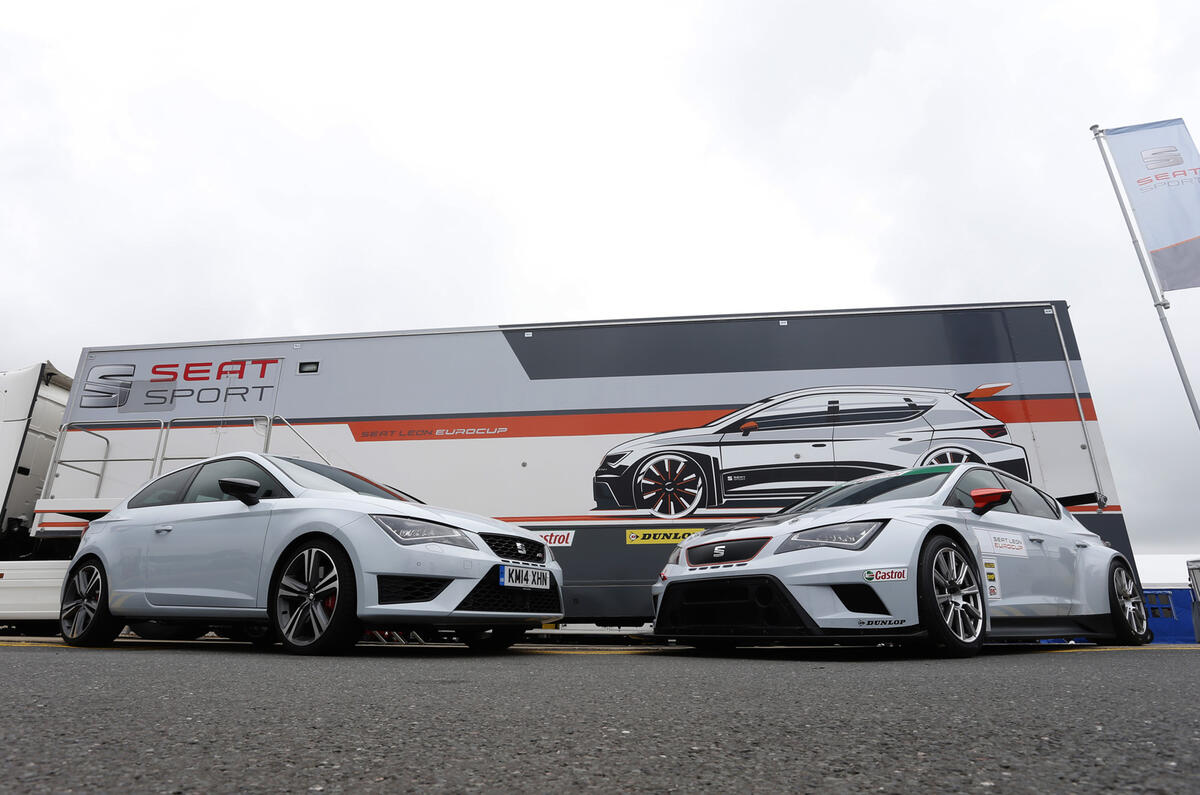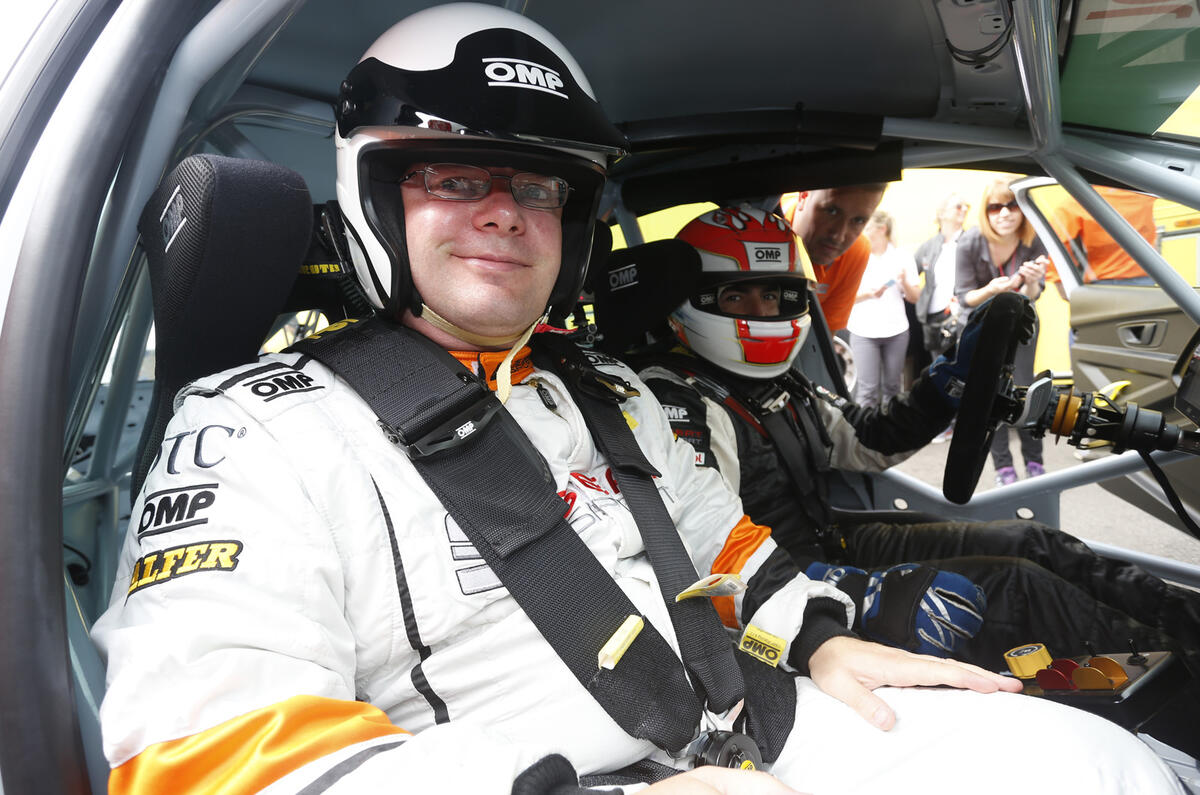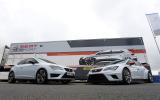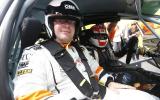We’ve recently welcomed a Seat Leon Cupra 280 hot hatch to our fleet of long-term test cars, so the chance to ride shotgun in the Spanish manufacturer’s new Leon-based racing car was an opportunity not to be passed up.
New for this year, the Leon Eurocup is a one-make race series that visits half a dozen of Europe’s top circuits. This weekend the circus pitched up at Silverstone, where we sat alongside Seat test driver Jordi Gené for a flat-out lap.
The striking Leon Cup car looks like an amped-up version of Autocar’s Leon Cupra 280, which is the hottest version of the hatchback currently on sale in the UK. However, the bodywork isn’t just for show; the huge front splitter and rear spoiler provide substantial amounts of downforce.
Power comes from a two-litre, four-cylinder turbocharged engine that sends 325bhp and 325lb ft to the front wheels via a paddle-operated six-speed DSG.
The car is 166mm wider than the production Leon Cupra and weighs 1150kg. It rides on 10in by 18in racing wheels and has 362 mm steel brake discs on the front axle and 272mm discs at the rear.
Designed and developed by Seat Sport, the car costs €70,000 before tax, which seems pretty reasonable value.
Gené admits he hasn’t visited Silverstone for five or six years, before the most recent round of alterations were made.
“Do you know the track?” he asks as we wait in the pits for the all clear signal before starting our lap. I reply in the affirmative. “Okay, you can tell me where to go,” he says (in what I hope is jest).
The Leon Cup's engine sounds more meaty than a ‘mere’ four-cylinder as Gene eases down the old F1 pitlane, which filters out on the track after Copse Corner.
He warns me that because we’re the first out on the circuit, the brakes and tyres are cold so he’ll be taking it cautiously for the first few corners. It certainly doesn’t feel that way as he floors the throttle at the end of the pit lane.








Add your comment